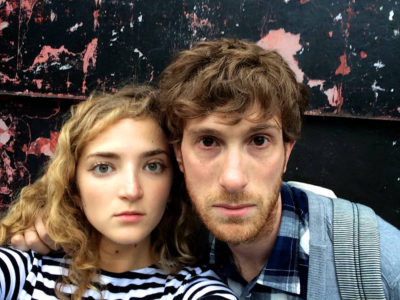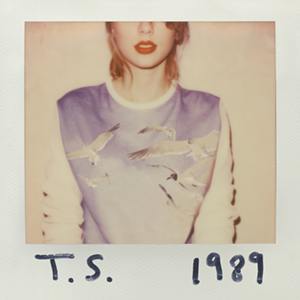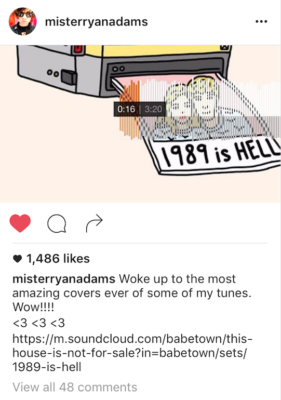When Recording is a Revelation: Babetown’s Audacious “1989 Is HELL”
The madness began with 1989. Not the year, the record.
So beguiling was Taylor Swift’s fifth studio album that none can resist its magnetic pull, not fans nor artists nor engineers nor producers. 9.5 million in sales worldwide and no less than seven singles – including “Bad Blood,” “Shake It Off” and “Blank Space” – bear that out. And it’s pedigree is worldwide, recorded throughout 2014 in studios from NYC to LA to Nashville to Sweden, with a global contingent of producers including Max Martin, Imogen Heap, Greg Kurstin, and Ryan Tedder. A GRAMMY for Album of the Year was the least the Academy could do.
Before that, there was an album called Love Is Hell, coincidentally the fifth studio album released a full decade earlier from alternative country master Ryan Adams. Then Adams was revealed as an actual mastermind with his 2015 launch of…1989, a track-by-track cover of Swift’s work, a collection that was as unexpected as it is massively satisfying.
But then there was another twist on Adams’ artistically twisted act. On August 31, 2016, an NYC duo called Babetown appeared and spiraled the sonic strangeness to yet another level with 1989 is HELL, which covers Love is Hell in the style of Taylor Swift.
A husband-and-wife team comprised of singer Jess Leibowitz and multi-instrumentalist/producer/engineer/mixer Danny Ross, Babetown was by no means prepared for the task ahead when they embarked on the road to HELL. What started as a musical gag morphed into a musical master class for Ross, an analog zealot up to that point whose previous works often channeled the best of rock in its natural state, from the Beatles to Wilco to the Who.
You’ll have a whole new respect for pop music if you undergo an exercise like this. Ross found that, if you dare to challenge yourself to tackle a wholly unknown genre (Swift’s synth-driven Top 40 pop, in this case), you just may be surprised at how much you can learn about arranging, recording, and mixing.
The journey of 1989 is HELL took Ross from an analog purist to an ITB expert. Along the way, he learned to speak a whole new musical language, a fluency that stands to serve him again and again moving forward. What did both he and Leibowitz discover hidden in the seemingly simple expressions of Top 40? And why should you strongly consider crossing over into the genre you personally find most alien? Allow Mr. Ross to most capably explain.
Artist: Babetown
Website: https://www.facebook.com/babetowntheband/
A Square Peg in a Round Hole: A Taylor Swift-ized rendition of Love Is Hell is a funny concept, and we felt someone had to do it — but it very quickly became an artistic exploration into pop music that changed us.
At first we didn’t know where to start, and it became clear that the 1989 songs themselves were the key to doing this correctly. We would mine those productions for all their sonic detail to insert into Ryan Adams’ compositions.
That pretty much defines “square peg in a round hole.” Like students painting the masterpieces at art museums, we reconstructed 1989.
Learning Process: My musical aesthetic for 30 years was the language of the Beatles – a rock rhythm section with natural instruments weaving together in unusual ways. I was focused on improving as a composer, singer and instrumentalist.
So six months of studying and recreating a record like 1989 in the producer’s chair is bound to be a radical departure. You’re talking about an album that’s almost entirely electronic, verging between EDM and hip-hop. Day in and day out, I was hearing an entirely new set out of sounds that reprogrammed my unconscious and changed the trajectory of my entire musical outlook.
Needless to say, it was a technical education beyond reproach – matching both the patterns and tones of each 1989 instrument, and placing them in a Ryan Adams song with different chords, melodies, phrasing, tempo and, sometimes, time signature.
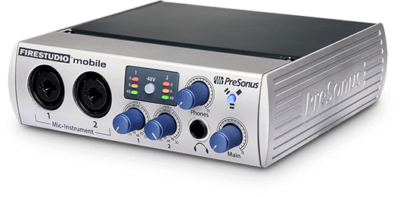
A PreSonus FireStudio Mobile audio interface was all Babetown needed to converge Taylor Swift and Ryan Adams.
Recording Hell: We recorded the entire album using just the Logic library, a Cascade FAT HEAD ribbon microphone, and the occasional Breedlove acoustic or Fender electric, all going through a Presonus FireStudio Mobile interface on an iMac.
The truth is that, coming from an analog rock n roll background, I didn’t own or know too much about equipment for electronic music – whether its synthesizers, arpeggiators, drum machines, etc. The Logic library is fairly extensive, and I found it to be good enough to provide basic sounds that could be manipulated to match the “1989” productions.
Vocal Focus: Jess is a wonderful example of natural talent. She only began singing with the birth of our band, and instantly shined. She didn’t even know she could sing. Her delivery is affecting because it portrays innocence and sharp wit at the exact same time – and that to me is the exact intersection of Taylor and Ryan.
One challenge was getting Jess into the character of a Top 40 pop singer, whether it meant singing as a cheerleader or doing technically difficult R&B vocal runs. Another challenge was that each song had dozens of vocal parts, all of which we doubled and comped.
In “Hotel Chelsea Nights,” inspired by “Bad Blood,” there are 50 vocal tracks alone. And a third challenge was the absolute unforgiving nature of a pop vocal, which required Jess to sing perfectly. It meant sitting at the piano and spelling out the melody over and over until it was imprinted in her brain.
Mixing Ryan and Taylor: This was the first record I mixed entirely by myself, so it was a scary proposition. An important element was to prevent the mix from being too static in the headphones. I worked aggressively with bus sends and automation to ensure that reverbs and delays were constantly moving – especially in arpeggiators, snares and secondary vocal parts.
In “Wonderwall” for example, the second verse widens and delays the synth, the pre-chorus backup vocals alternate sides and wet signal, and the chorus strings delay off-tempo with varying reverbs. All this to provide a full dimensional listening experience, while constantly checking in with my ear.
Refining these mixes repeatedly over a three-month period required patience but was necessary, providing me with basic tools as a mixing engineer. Somehow, this quirky project became a master class in digital audio.
Master Jam: Audio mastermind and fellow Brooklynite James Frazee was an invaluable asset in crafting the mix. He’s done some big time records by Sharon van Etten and the like, so I was lucky to have his help.
He was kind enough to visit my home studio in Greenpoint, and help me with techniques to improve the balance. Whether it was the detailed use of multicompressors, sidechains, or vocal tone, James left a big impression on my mixing. So it was natural that I would ask him to master the album, and he did a superb job capturing that top 40 feel.
Perfect PR: 1989 is HELL is unique because the record itself was conceived with a PR angle in mind – Ryan Adams covered Taylor Swift, so we’ll cover Ryan Adams in the style of Taylor Swift. The real challenge was creating an album as good as the idea, which is why it took six months.
Still, when the story broke a few weeks ago, we were floored by the overwhelming response. And most significantly, Ryan Adams himself posted our songs on Twitter and Instagram, saying “I LOVE YOU @Babetowntheband. These covers are SO RAD!” and “Woke up to the most amazing covers ever of some of my tunes. Wow!!!” Now the album’s been featured in Gothamist, NY Daily News, Relix, and Newsday. We can’t wait to release it in full on August 31st, and open for Clap Your Hands Say Yeah at the Brooklyn Bazaar re-opening on September 9th.
Do you Speaka my Language? We started as a rock band with 60s influences and sounds, and through this project learned the vocabulary of Top 40 music.
There’s a certain set of sounds that seem pretty consistent from one hit to another. Some include finger snaps, electronic hand claps, booming snare, close hi-hat, that smoke machine sound, and breakdown sections drenched with reverb. The exciting part now is consciously (and unconsciously) incorporating those sounds into our original songs and into a new record.
I’ve come to realize that audiences in 2016, for the most part, need to hear elements of the pop language or they’re just not listening. It’s a hard truth, but I find it inspiring to be as creative as possible with a new palette. But familiarizing myself with the palette was a necessary first step, so I really encourage anyone with a rock background to learn the vocabulary of Top 40 music and make it yours.
— Danny Ross, Babetown
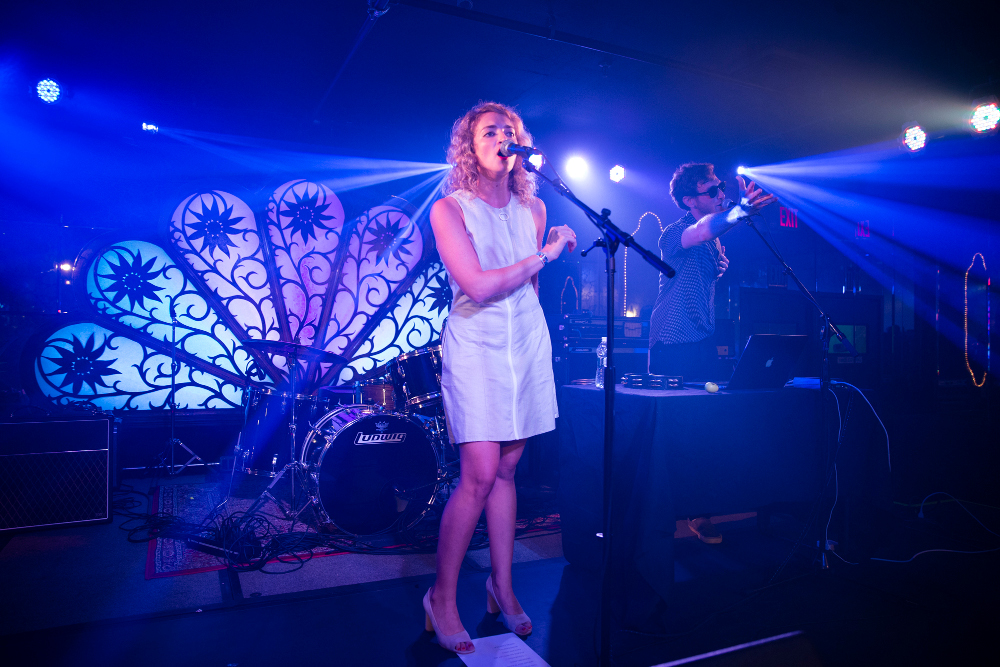
More than studio sleight of hand: Babetown delivering it live at the Brooklyn Night Bazaar on September, 9th. (Credit: Rob Howard)
Please note: When you buy products through links on this page, we may earn an affiliate commission.







